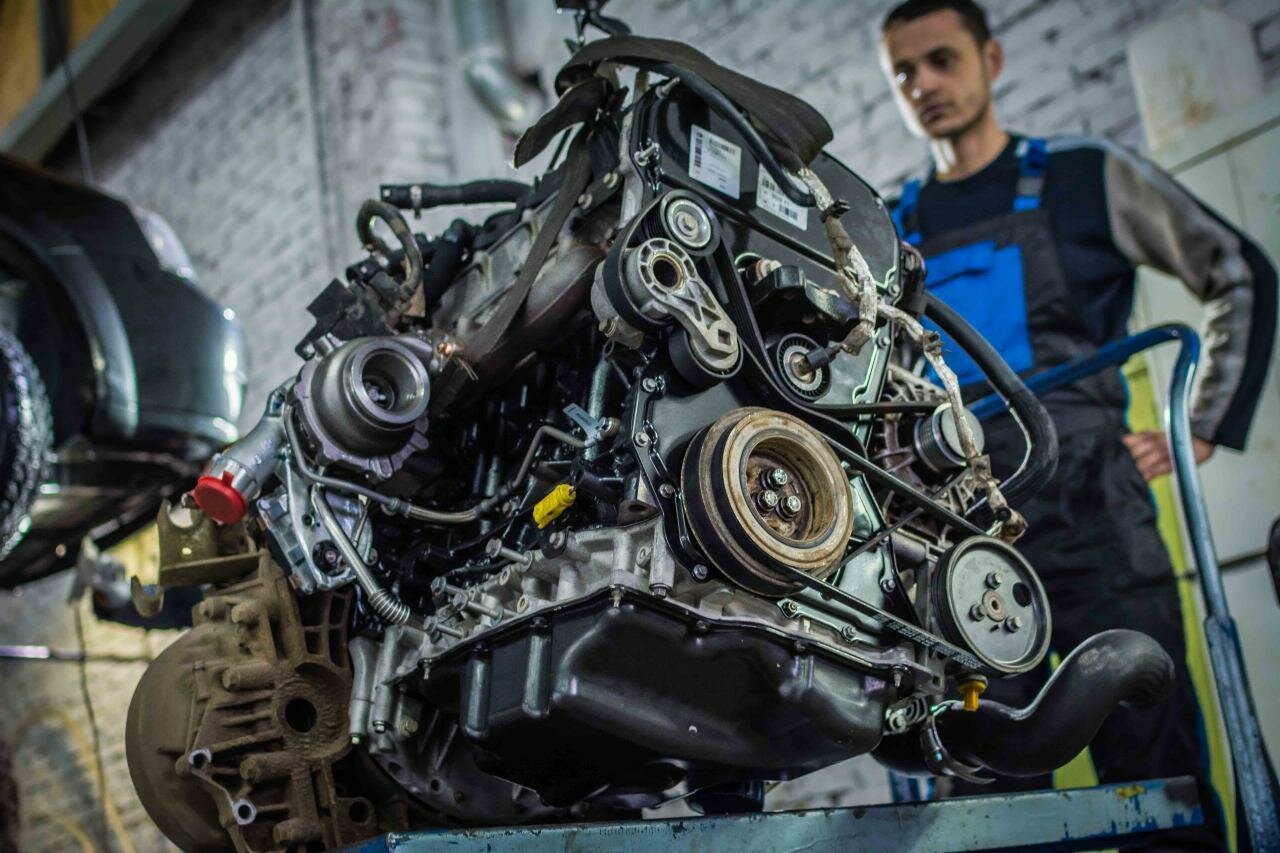Porsche Cayenne: A Brief Overview
The Porsche Cayenne made its debut in 2002, marking the German automaker’s foray into the SUV market. This bold move was met with skepticism from purists who believed that Porsche should stick to its sports car roots. However, the Cayenne quickly established itself as a formidable contender in the luxury SUV segment, combining Porsche’s renowned performance with the practicality of an SUV. The Cayenne’s design, characterized by its sleek lines and aggressive stance, resonated with consumers, leading to impressive sales figures and a significant boost in Porsche’s overall profitability.
Engine Problems: A Growing Concern
Despite its success, the Cayenne has not been without its issues, particularly concerning its engine performance. Over the years, various models have been reported to experience a range of engine-related problems, from minor inconveniences to serious mechanical failures. These issues have raised concerns among owners and potential buyers alike, as they can lead to costly repairs and a diminished driving experience. Understanding the common engine problems associated with the Porsche Cayenne is crucial for anyone considering this luxury SUV, as it can significantly impact both safety and reliability. This article will delve into the specific engine problems that have plagued the Cayenne, providing an unfiltered look at what prospective buyers and current owners need to know.
Porsche Cayenne Engine Problems: An In-Depth Analysis
The Porsche Cayenne, while celebrated for its performance and luxury, has faced a number of engine-related issues that potential buyers should be aware of. These problems can range from minor glitches to significant failures that could lead to costly repairs. Understanding these issues is essential for both current owners and those considering a purchase.
Common Engine Problems
Several engine problems have been reported across various Cayenne models. Some of the most prevalent issues include:
- Oil Leaks: Many Cayenne owners have reported oil leaks, which can lead to engine damage if not addressed promptly.
- Timing Chain Tensioner Failure: This is a critical issue that can cause severe engine damage if the timing chain fails.
- Overheating: Some models have been known to overheat, which can result in catastrophic engine failure.
- Fuel Injector Problems: Faulty fuel injectors can lead to poor engine performance and increased emissions.
- Ignition Coil Failure: This can cause misfires, leading to a rough engine idle and reduced power.
Specific Model Issues
Different Cayenne models have exhibited unique engine problems. Below is a summary of some notable issues by model year:
| Model Year | Common Issues |
|---|---|
| 2003-2006 | Oil leaks, timing chain tensioner failure |
| 2007-2010 | Overheating, fuel injector problems |
| 2011-2017 | Ignition coil failure, oil consumption issues |
Symptoms and Consequences
Recognizing the symptoms of engine problems is crucial for timely intervention. Here are some common symptoms associated with the aforementioned issues:
- Oil spots under the vehicle (indicating oil leaks)
- Unusual noises from the engine (potential timing chain issues)
- Warning lights on the dashboard (indicating overheating or misfires)
- Reduced fuel efficiency (suggesting fuel injector problems)
- Engine stalling or rough idling (indicative of ignition coil failure)
Consequences of Ignoring Engine Problems
Failing to address engine problems can lead to severe consequences, including:
- Increased repair costs due to extensive damage
- Decreased vehicle reliability and performance
- Potential safety hazards while driving
- Lower resale value of the vehicle
Top views |
|
|---|---|
 |
Oil, Timing Chains, Pistons: What Really Kills an Engine Prematurely? |
 |
How to Choose a Car with a Reliable Engine: Used Car Market Hacks That Actually Work |
Conclusion
Understanding the engine problems associated with the Porsche Cayenne is vital for any owner or prospective buyer. Being aware of the symptoms and potential consequences can help in making informed decisions regarding maintenance and repairs.
| Symptoms | Consequences |
|---|---|
| Oil leaks | Engine damage, increased repair costs |
| Unusual engine noises | Potential timing chain failure |
| Warning lights | Overheating, engine stalling |
| Reduced fuel efficiency | Increased emissions, poor performance |
| Rough idling | Decreased reliability, safety hazards |




0 Comments